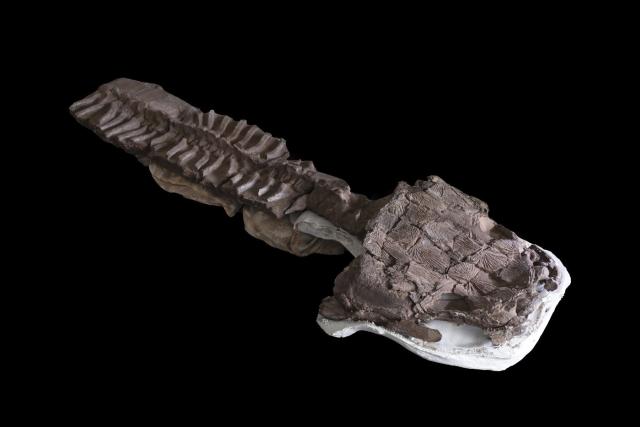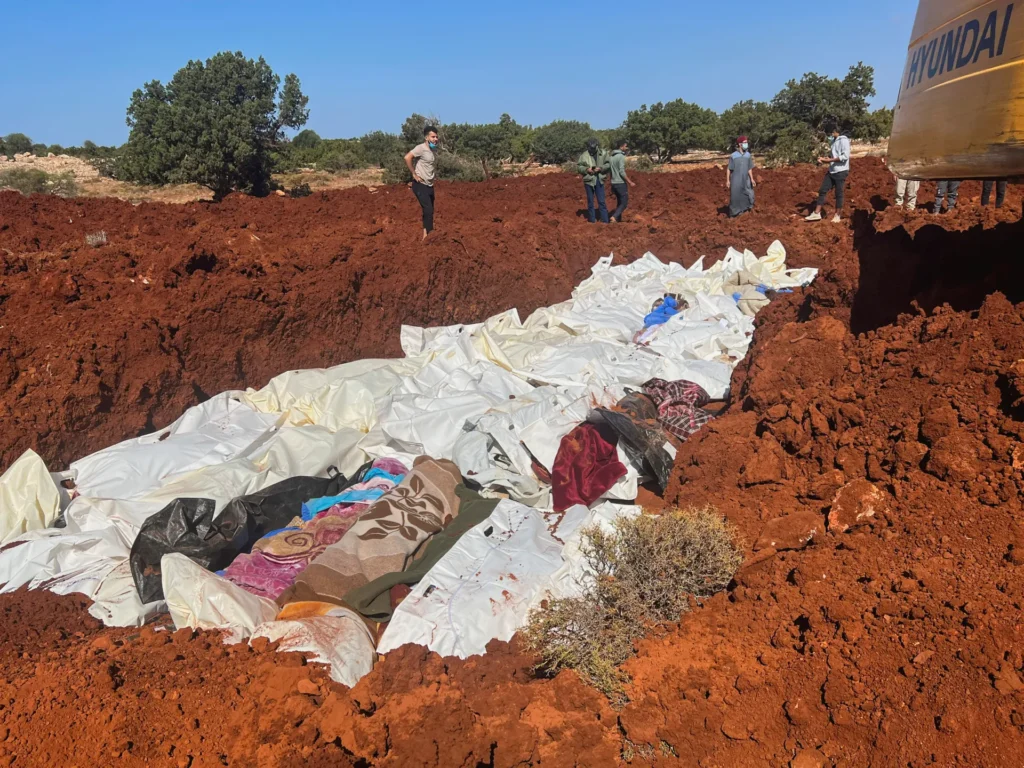
About 280 million years ago, a large, fanged creature, resembling a salamander, prowled the swamps and lakes of what is now Namibia.
Named Gaiasia jennyae, this top predator from the Permian Period measured at least 8 feet (2.5 meters) long, with a round, flat skull over 2 feet (60 cm) long and interlocking fangs.
Researchers, including Jason Pardo from the Field Museum in Chicago, announced the discovery of its fossilized remains. Gaiasia lived in a cold, glacial environment, hunting prey with strong suction and deadly fangs.
The fossils were found in Namibia, which was positioned much further south during Gaiasia’s time due to plate tectonics. This creature thrived in an icy ecosystem, challenging previous notions that early tetrapods were limited to tropical regions.
Gaiasia is considered a “stem tetrapod,” an early land vertebrate that persisted in remote areas. Its discovery forces a reevaluation of early tetrapod evolution and their adaptability to different environments.
Named after the Gai-as rock formation and in honor of paleontologist Jenny Clack, Gaiasia jennyae is aptly nicknamed “Swamp Thing” for its menacing appearance and habitat.




